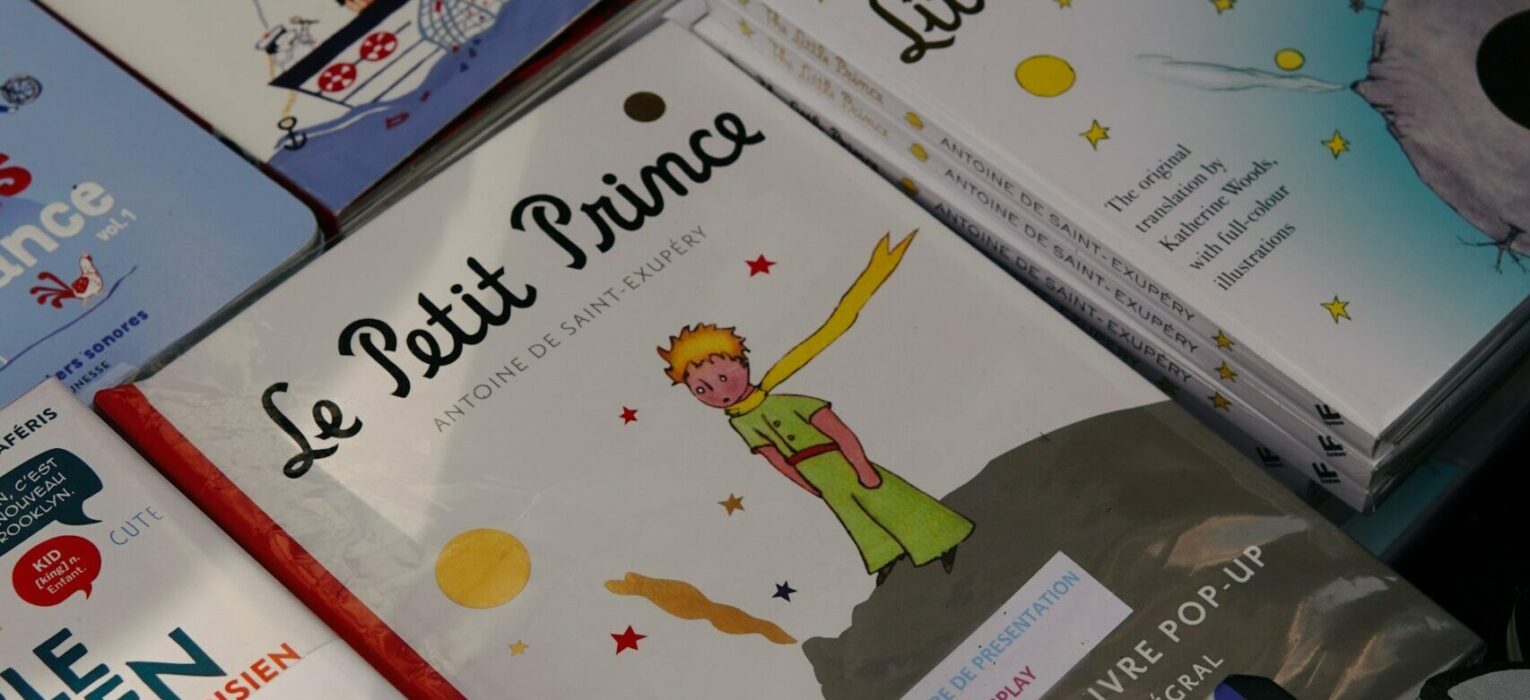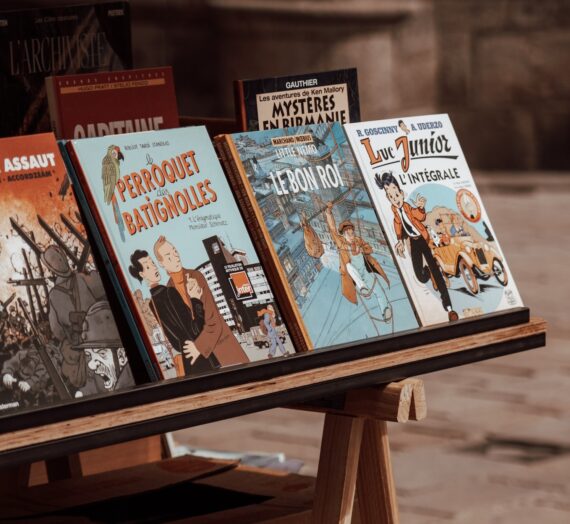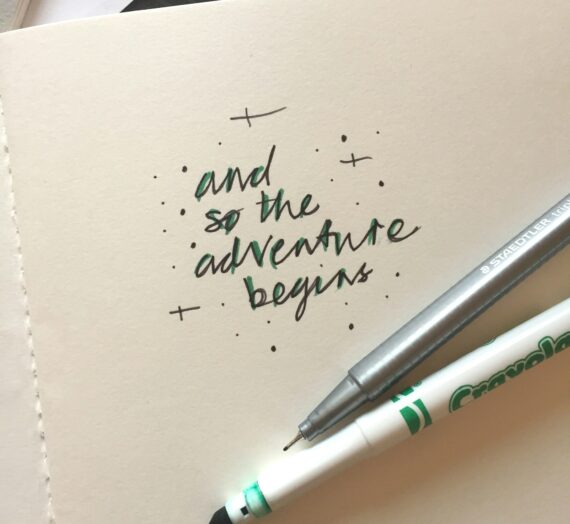A year ago, I introduced a new series on this blog to document how I was improving my French. My goal is to pass the DALF C1 exam. There was no better place to start than with bande dessinées or BDs. In my last post, I explained that these comics and graphic novels made reading more accessible. They also made it possible for me to enjoy a new body of work in another language. In this post I’ll share the first BDs I read, and hope that you love them as much as I did.
Persepolis by Marjane Satrapi
All the book purists out there will be disappointed to know that my first encounter with Persepolis was through the film. I then became committed to buying the original four volumes when I came to France. Persepolis is a memoir told in the form of a graphic novel. It depicts Marjane Satrapi’s childhood against the backdrop of the Iranian Revolution. This is followed by her adolescence in Austria and subsequent return to and final departure from Iran. Throughout the series, the protagonist struggles to reconcile her Iranian heritage with her liberal Western views. Originally published in the early 2000s, Satrapi and the series were brought back into the spotlight in 2023, during civil unrest in Iran following the death of Mahsa Amini.
My favourite aspect of the series is the storytelling. Unlike a traditional memoir, Persepolis is not an adult’s retelling and self-analysis of their youth. Reader’s are invited into the life of Marji, the author’s childhood persona, as she grows and experiences the world around her. A child’s perspective does make for easier reading for beginners because the language is simpler. But it also includes a certain honesty and innocence, which makes the story more compelling.
L’Arabe du Futur (Arab of the Future) by Riad Sattouf
Persepolis and L’Arabe du Futur have some similarities. Both are memoirs of their respective author’s childhood. Both stories are told from the evolving perspective of a growing child. And both have a main character who is sandwiched between European and Middle Eastern culture. Despite these similarities, both are worth the read and deserve independent analyses.
Throughout the course of six books, we are invited into the childhood of Riad Sattouf. We are transported to Brittany, France, Libya under Muammar Gaddafi and Syria under Hafiz al-Assad. A significant aspect of Sattouf’s childhood is the influence of his Syrian father. Young Riad idolizes his father. However with age he (and the readers) become conscious of the flaws of the family patriarch. Once again, the honest storytelling of a child’s voice differentiates the series from a typical memoir.
Les Aventures de Tintin (The Adventures of Tintin) by Hergé
The premise of Les Aventures de Tintin is simple. Tintin, a journalist, goes on adventures around the world (and spoiler alert: the Moon). I was gifted one of the books in the series before coming to France. However, I became invested after visiting an exhibit on the series at Atelier des Lumieres in Paris in 2023.
Tintin is much closer in format to a comic book, than a graphic novel. Which is perfect if you’re looking to dabble in BDs without the investment of reading an entire series. Or you want to start with something shorter, as these books are less than 100 pages.
Astérix originally by René Goscinny and Albert Uderzo
There’s no discussion around BDs without mentioning Astérix. The series is set around 50BC in a Gallic village that faces constant threat of invasion by the Romans. Our hero Asterix, with his friend Obélix and other villagers, pursue adventures set in the Gaul region, as well as other countries. Tintin was set in the 20th century, and employs more realism and cultural accuracy to this time. However Asterix is set much earlier and makes use of historical figures such as Julius Caesar. The series also draws on elements such as sorcery. This series resembles more of a comic book. Each album is a different self-contained story told in 50 pages.
Les Cahiers d’Esther (Esther’s Notebooks) by Riad Sattouf
Les Cahiers d’Esther was another series that I was introduced to as a gift. At the time, the main character was roughly the same age as some of my students. So my prof ref gave me the latest book as insight into their world. The series chronicles the daily life of Esther, a real but anonymous Parisian teenager. It started when she was ten years old and a new book is published for each year of her life. The concept of watching someone grow up in (almost) real time is an interesting one. The series is also a great introduction to French slang and pop culture.
Honourable Mention: L’Odysee d’Hakim (Hakim’s Odyssey) by Fabien Toulmé
Try as I might to stick to a top 5 list of BDs, I couldn’t not share this series. If you would believe it, I learned about this purely by accident. By chance, I stumbled on the author’s interview on TV5Monde while in Jamaica. And just like Persepolis, I was committed to reading it if I ever came to France. L’Odysee d’Hakim is the account of a young Syrian man who is forced to leave his country following the Arab Spring. Readers follow his attempts to settle in other Middle Eastern countries. Continued unrest leads him on a harrowing journey to Europe as part of the migrant crisis in the mid 2010s. Admittedly, this series handles much heavier subject matter than most of the suggestions on this list. But it gives so much insight into one of the largest humanitarian crises of our time. So I can’t recommend it enough.
As a newcomer to the world of BDs, I’m excited by the magnitude of titles that I have yet to read. They’re a much easier starting point than diving headfirst into Victor Hugo or Molière. So if you’re looking to start reading more in French, try a BD. And if you’re someone who can read French novels without breaking a sweat, leave a comment below or on social media on how you got started.





Arvin
Great read as always. I actually loved Tintin and Asterix (in English) while growing up. I think it will be great to get into them in French also,,, thanks Danielle.